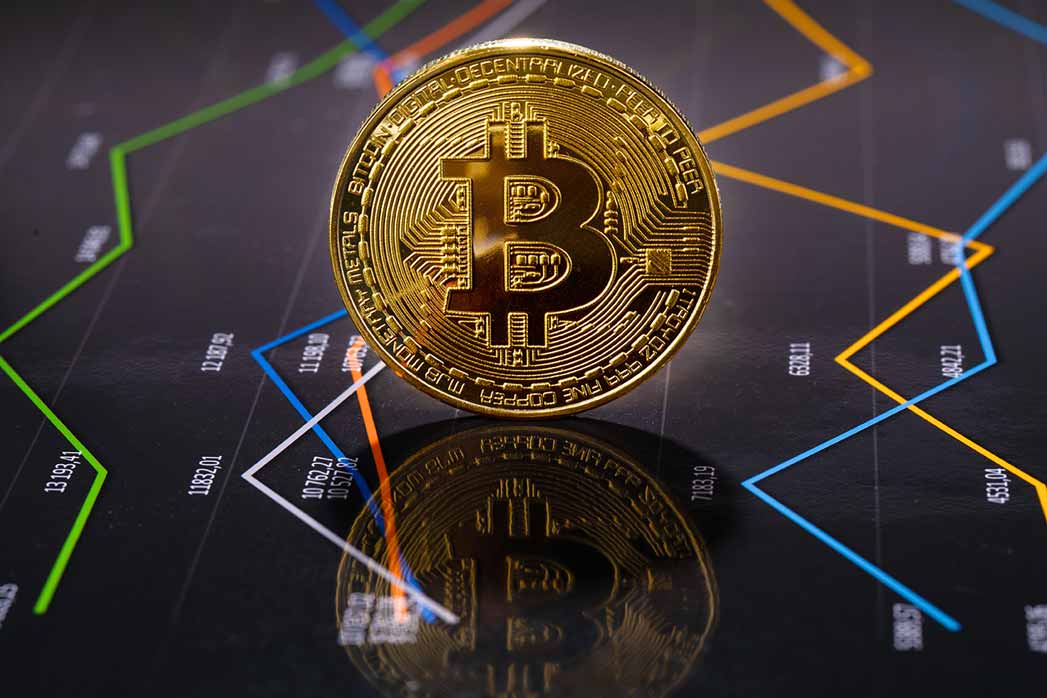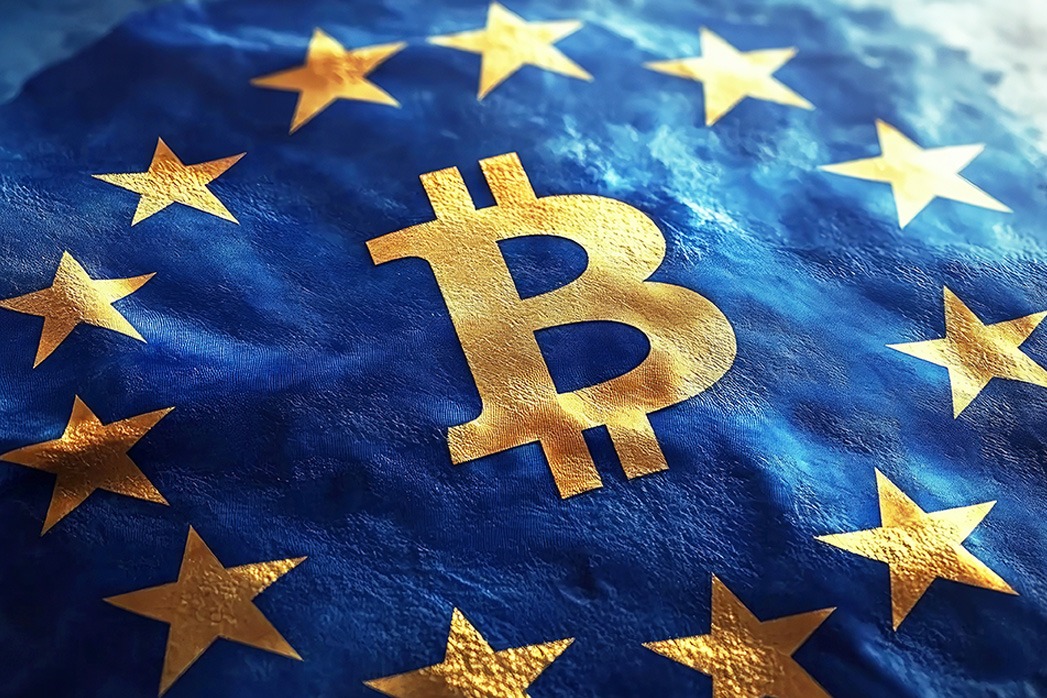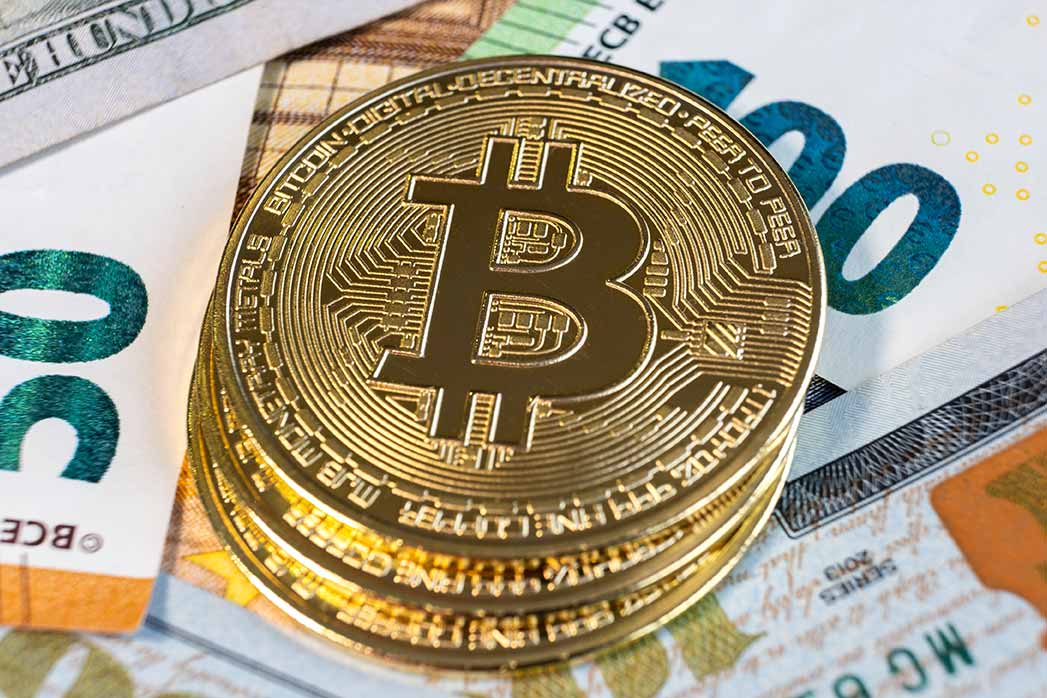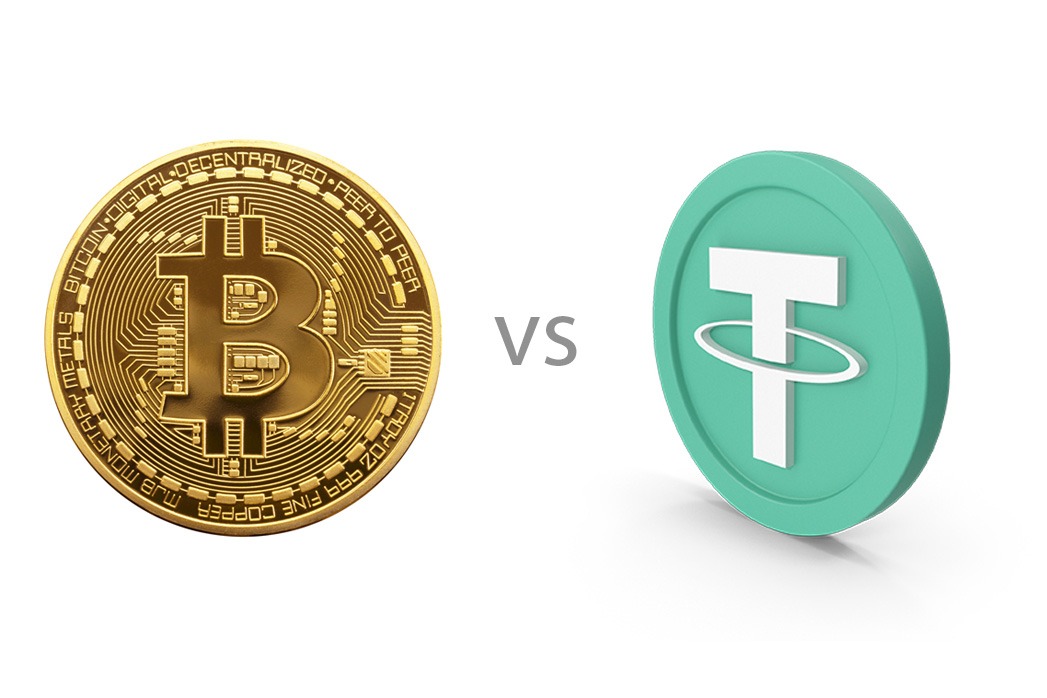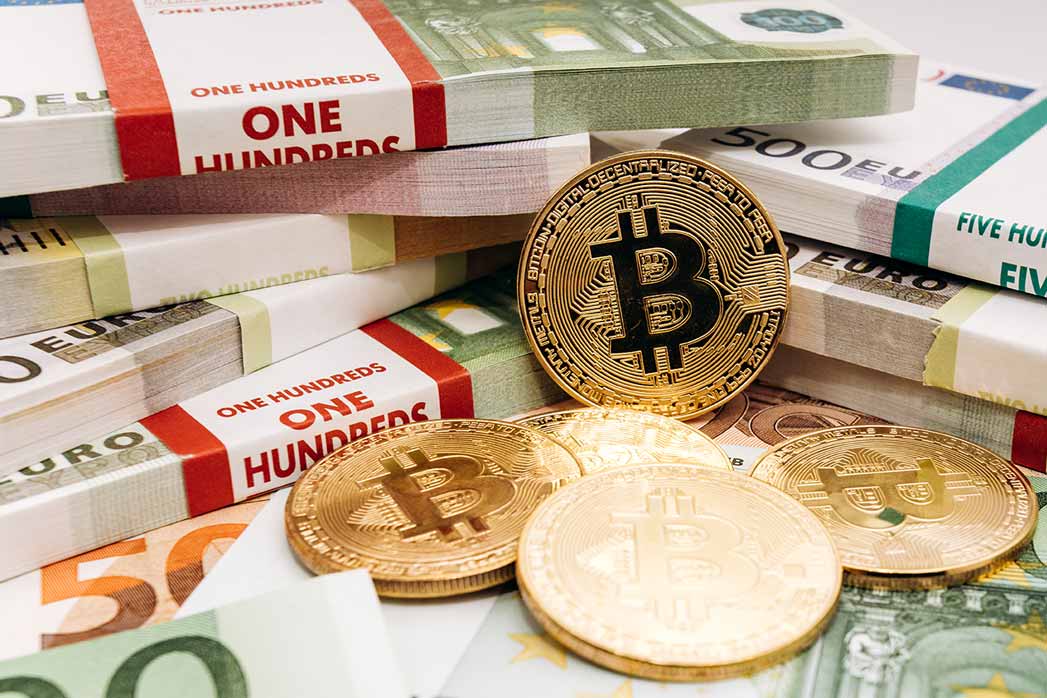The Bitcoin Liquidity Squeeze: Why Long-Term Holders Are Reshaping the Market
“Markets move on liquidity, not headlines.” — DNA Crypto.
Bitcoin price headlines focus on demand. Liquidity tells the deeper story.
Over the past decade, Bitcoin’s supply has quietly become more illiquid. Coins are no longer circulating freely between exchanges and traders. They are being absorbed by long-term holders, institutions and balance sheets that do not trade frequently, if at all.
This shift is reshaping how the Bitcoin market behaves.
How Bitcoin Supply Became Increasingly Illiquid
Early Bitcoin markets were dominated by speculative trading. Coins moved rapidly between wallets, exchanges and arbitrage desks. Liquidity was high, but conviction was low.
That environment has changed. Today, a growing share of Bitcoin supply is held by entities with long-term horizons. These holders are not reacting to short-term price movements. They are building strategic positions.
DNACrypto explores this behavioural divide in The Great Bitcoin Divide, where long-term conviction separates infrastructure participants from traders.
As a result, the circulating supply continues to shrink.
The Rise of Structural Holders
Several groups now dominate Bitcoin accumulation.
– Long-term holders continue to increase their share of supply, removing coins from active circulation.
– ETFs have introduced persistent, price-insensitive demand, as analysed in Bitcoin ETFs and Beyond ETFs.
– Corporate treasuries are holding Bitcoin as balance-sheet infrastructure, not tradeable inventory, as discussed in Bitcoin Treasury 2.0.
– Sovereign-adjacent buyers and family offices increasingly treat Bitcoin as strategic reserves, explored in Family Offices Are Turning to Bitcoin and Bitcoin as Sovereign Wealth.
Each of these groups reduces available market liquidity.
Why Exchanges Hold Less Bitcoin Than Ever
Bitcoin balances on exchanges have been trending lower for years. This is not accidental.
Improved custody solutions, regulatory clarity and institutional storage standards have encouraged off-exchange holding. Investors increasingly prioritise control and security over convenience.
DNACrypto examines this custody shift in The Bitcoin Custody Game, highlighting why serious capital does not leave assets on exchanges.
Lower exchange balances mean thinner order books and sharper reactions to incremental demand.
Why Future Cycles Will Look Different
Past Bitcoin cycles were driven by rapid inflows and outflows of liquid supply. Future cycles will operate under tighter conditions.
When supply is constrained, price responds more aggressively to marginal demand. This does not eliminate volatility. It changes its nature.
DNACrypto outlines this dynamic in The 2026 Bitcoin Liquidity Shock, where supply scarcity amplifies structural moves rather than speculative spikes.
Markets become more sensitive, not more chaotic.
Volatility That Increases and Stabilises
A paradox emerges. As liquidity tightens, volatility can spike during demand surges. At the same time, long-term volatility compresses as conviction strengthens.
Bitcoin is beginning to behave less like a speculative technology asset and more like a scarce macro asset. This evolution is explored in Bitcoin Volatility and Bitcoin as Digital Gold 2.0.
Liquidity matters more than sentiment.
The DNA Crypto View
The Bitcoin Liquidity Squeeze is not a short-term phenomenon. It is structural.
Long-term holders, ETFs, corporate treasuries and sovereign-adjacent capital are steadily removing supply from circulation. This reshapes price discovery, volatility and market behaviour.
Bitcoin’s future cycles will not resemble its past. Markets that understand liquidity will lead those that chase headlines.
For broader context, see Bitcoin as Financial Infrastructure and Top Bitcoin Holders in 2025.
Image Source: Envato Stock
Disclaimer: This article is for informational purposes only and does not constitute legal, tax or investment advice.
Register today at DNACrypto.co

